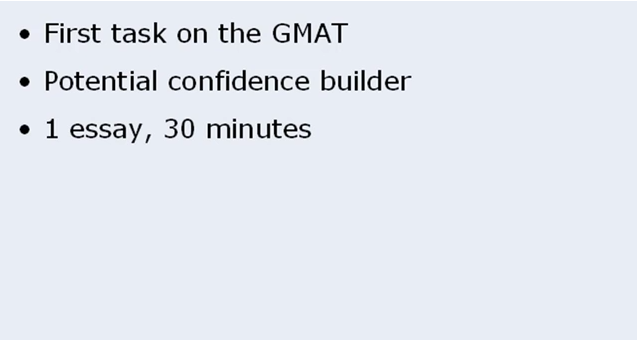CrackVerbal
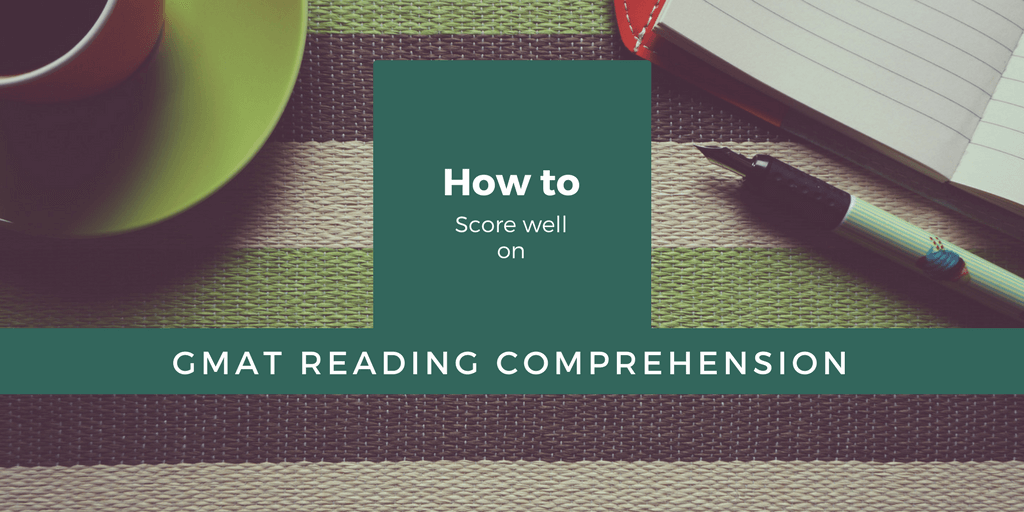
How to score well on GMAT Reading Comprehension
Here’s a peek into what you will get in this blog – 1. A quick note on active and passive reading, to get you into the right frame of mind to tackle RC questions 2. A step-by-step approach to answering RC questions 3. The types of RC questions you will encounter 4. Practice exercises
www.gmatprepnow.com
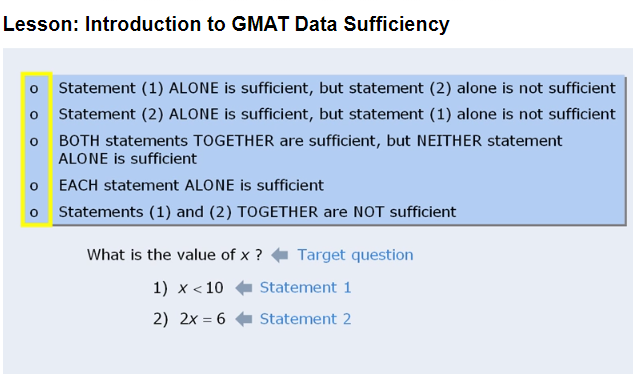
GMAT DATA SUFFICIENCY FREE VIDEOS
Data Sufficiency (DS) questions are unique to the GMAT, so they may seem strange to you at first. In this module, you will learn the basic format of GMAT data sufficiency questions, and you will learn systematic techniques for solving them.
CrackVerbal

GMAT Section Select Order : Everything You Need To Know
If you are confused about what the GMAT Select section order means to *your* GMAT scores OR if you are wondering whether you should retake the GMAT, you have come to the right place!
CrackVerbal
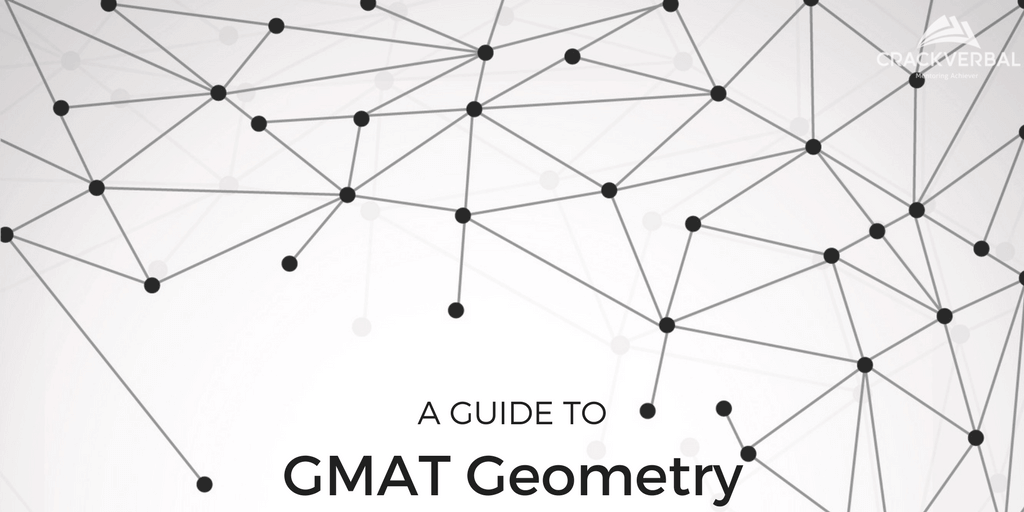
A Guide to GMAT Geometry
In this article, let’s discuss about what is tested in GMAT geometry and what could be the best preparation strategy for GMAT Geometry?
CrackVerbal
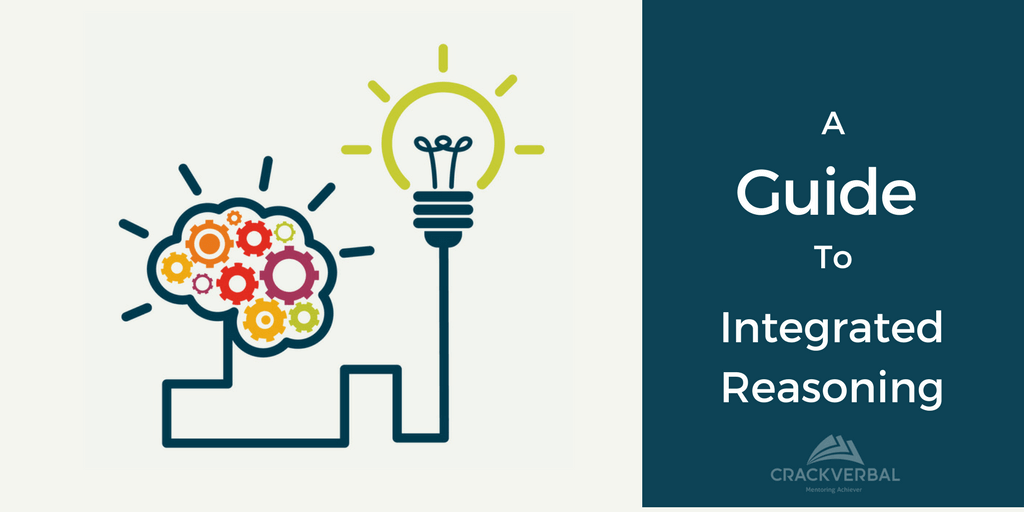
A Guide to Integrated Reasoning
Before getting into details of number of questions, question types etc. Let’s understand the GMAT Integrated reasoning. I am pretty much sure below three questions would be going on your mind, before starting the preparation for GMAT Integrated Reasoning, How important is GMAT IR? What would be the good score in GMAT IR? How and when should I prepare for GMAT IR?
CrackVerbal
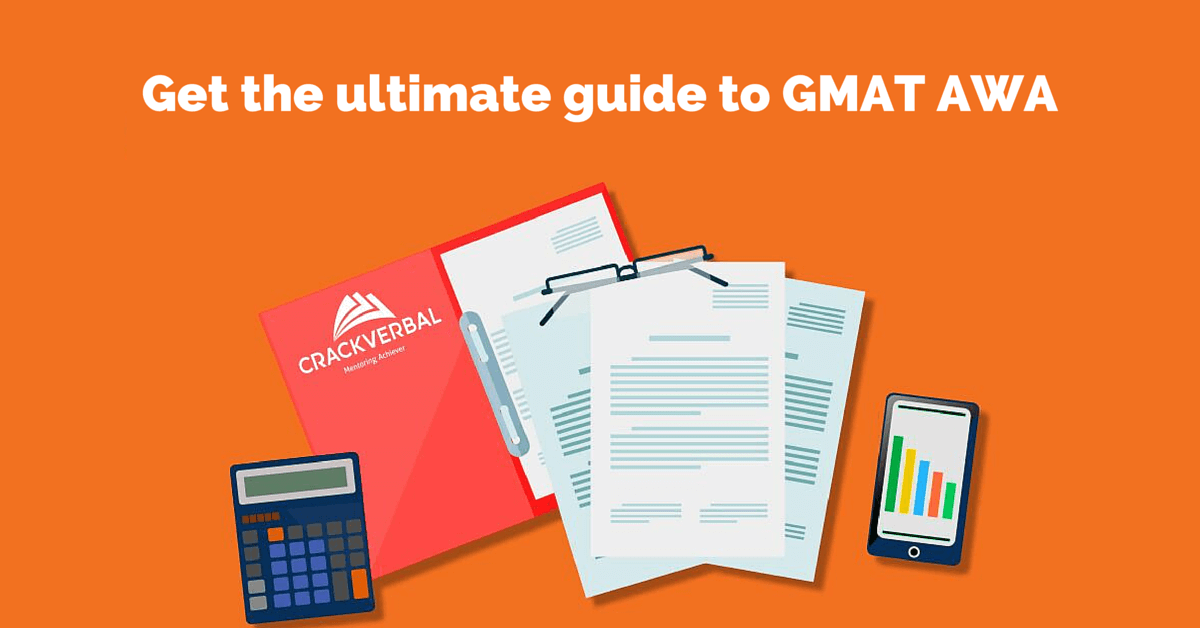
How to write your GMAT AWA Essay
This blog will teach you – • What you need to know BEFORE you start preparing for the AWA • How to use the 30 minutes allotted to AWA to maximum effect • How to use a template to make the AWA writing process simpler Besides this, you will find 8 sample AWA essays to observe and learn from. Happy reading!
CrackVerbal
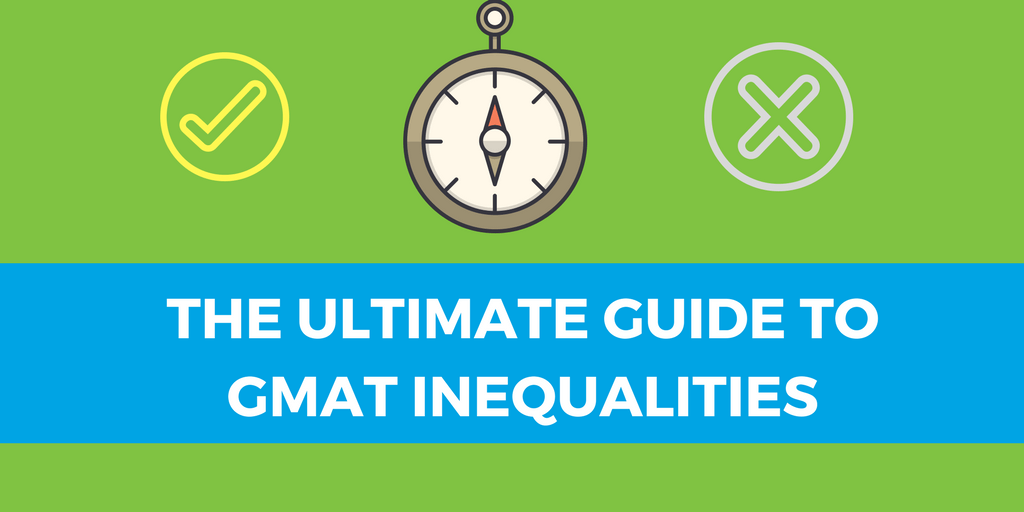
The Ultimate Guide to GMAT Inequalities
We’ll first start with the fundamental concept of inequalities, followed by basic properties and then move on to explore the complexities involved with some additional properties. Finally we will summarize the key takeaways with a list of points to keep in mind while using inequalities in problem-solving and data sufficiency questions.
CrackVerbal
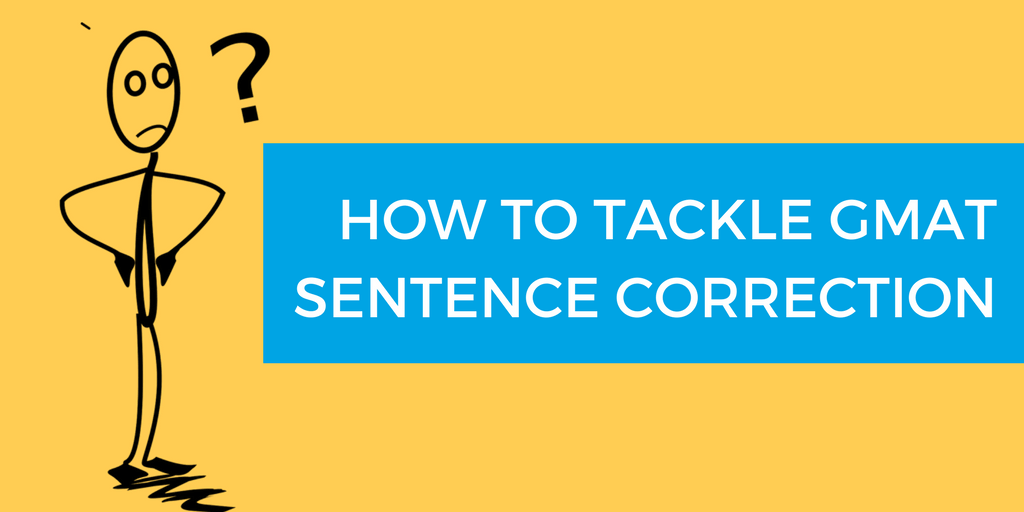
8 Tips to Tackle GMAT Sentence Correction
The truth is – if you are stuck between 2 answer choices and get it wrong all the time, what it really means is that you are simply unable to identify what is wrong with the choice you picked. This is the underlying problem, and this is what you need to address. Yes, SC can be really tricky – but this is also an area that can help you save time on the GMAT. Whereas many Critical Reasoning questions take up to 2.5 minutes to solve, many SC questions can be cracked in under a minute! Here are some tips that will help you tackle this section better:
